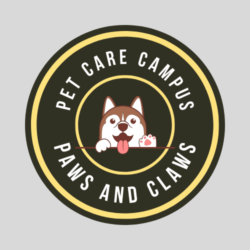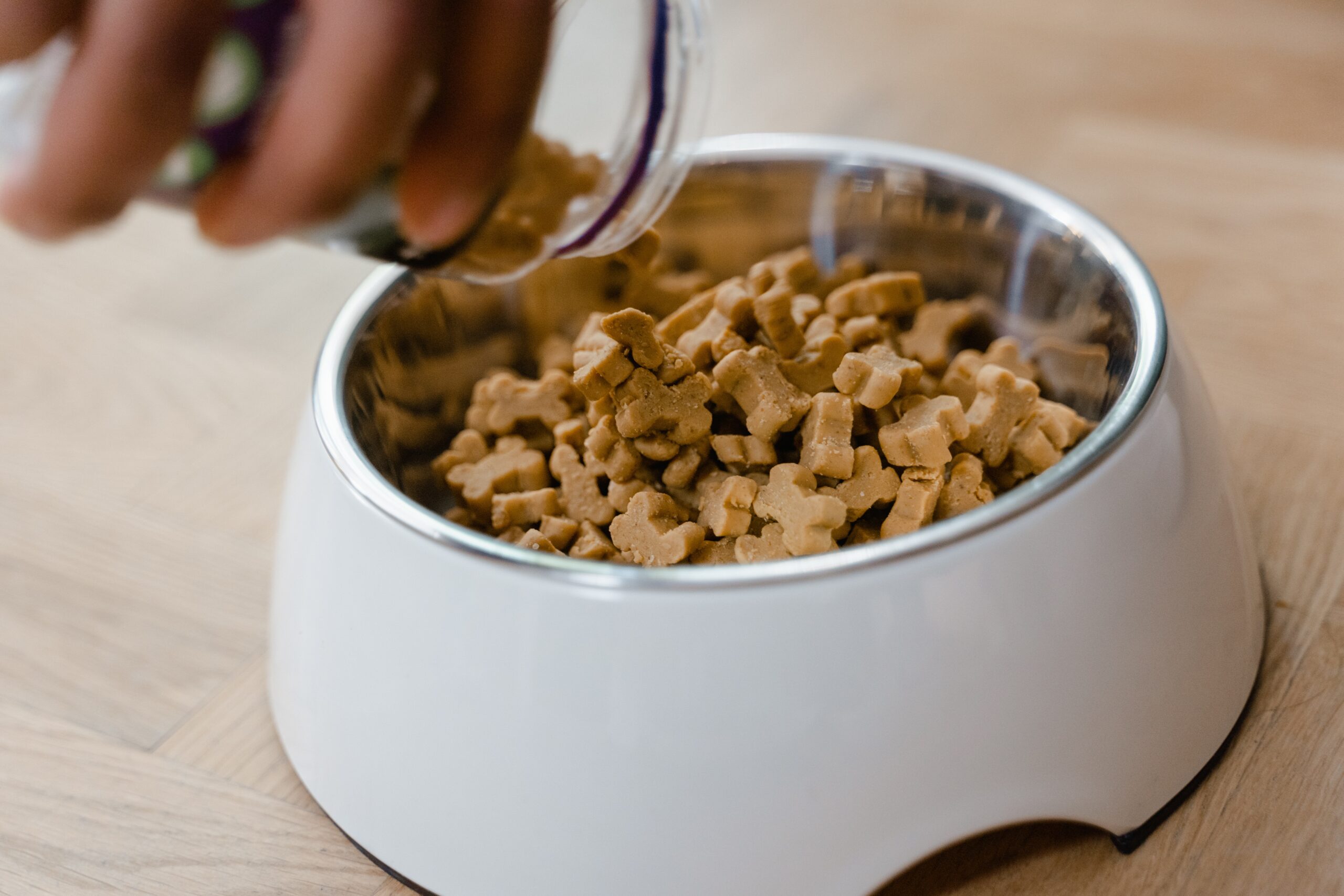How to Make Homemade Pet Food
If you’re concerned about the quality of commercial pet food, or you simply want to give your furry friend something special, homemade pet food is a great option. Making your own homemade pet food is easy, affordable, and ensures that your pet is getting the best possible nutrition.
In this article, we’ll walk you through the steps of making homemade pet food.
Choose Your Ingredients:
The first step in making pet food is selecting the right ingredients. Your pet’s nutritional needs will depend on their breed, age, and health status, so it’s important to consult with your veterinarian. A balanced home made pet food recipe should include protein sources such as beef, chicken, or fish, as well as vegetables and grains.
Prepare the Ingredients:
Once you’ve chosen your ingredients, it’s time to prepare them. Meat should be cooked thoroughly to prevent the spread of harmful bacteria. Vegetables should be chopped into small pieces and cooked until tender. Grains should be cooked according to the instructions on the package.
Combine the Ingredients:
After preparing the individual ingredients, it’s time to combine them. This can be done in a large mixing bowl or a food processor. The proportions of each ingredient will depend on your pet’s nutritional needs. Be sure to mix the ingredients thoroughly to ensure that your pet is getting a balanced meal.
Serve the Homemade Pet Food:
Homemade pet food can be served immediately after preparation, or it can be stored in the refrigerator or freezer for later use. Be sure to store it in airtight containers to prevent spoilage. When serving the food, be sure to measure out the appropriate portion size for your pet.
Conclusion:
Making pet food on your own is a great way to ensure that your furry friend is getting the best possible nutrition. By choosing the right ingredients, preparing them properly, and combining them in the right proportions, you can create a balanced and delicious meal for your pet. Be sure to consult with your veterinarian to ensure that your homemade pet food meets your pet’s nutritional needs.

